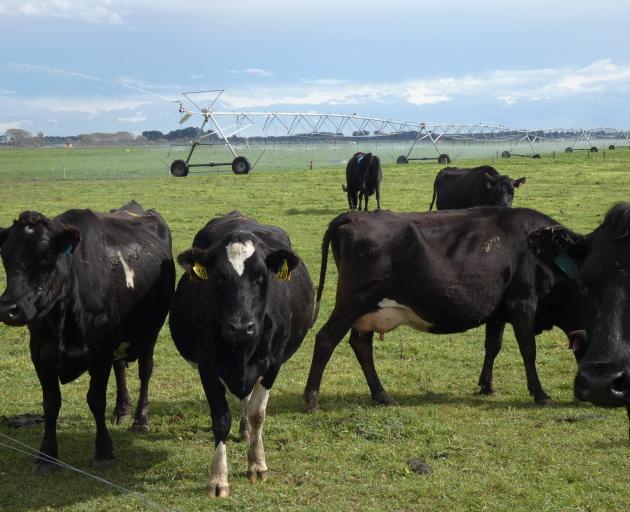
The dairy sector’s footprint is steadily improving, with measurable gains in nutrient efficiency and a clear picture of the challenges ahead.
These improvements are crucial to remaining one of the most cost-efficient milk producers in the world, keeping New Zealand competitive and able to demand a premium for its products.
One of the most positive shifts has been in purchased nitrogen surplus (PNS). Over recent years, farmers have steadily improved nutrient use, driven by the nitrogen cap, regional policies in places like Canterbury and Southland, and ongoing refinements on-farm. The result is a consistent downward trend in nitrogen surplus across the sector.
Methane remains a tougher challenge. Because greenhouse gas (GHG) emissions are closely tied to the amount of dry matter eaten, most reductions in total methane per hectare have come at the expense of production.
We stay competitive among pasture-based countries by using low-footprint feed that lifts milk production while lowering emissions intensity.
Breaking this link between feed eaten and methane produced will require new practices and technologies that cut emissions without compromising productivity.
Access to low-footprint feed has already helped farmers achieve strong milk production with relatively low emissions intensity. Protecting and building on this advantage will be vital as international expectations around emissions and sustainability continue to rise.
Sustainable practices mean being able to adapt. Whether it is developing an environmental plan, building a wetland or managing nitrogen losses, New Zealand farmers can tackle these challenges while keeping their farms productive.
The economic case for dairy remains robust. Returns to dairy farmers significantly out-perform those available in other large land-use sectors nationwide. When measured over a 40-year timeframe, dairy shows higher median returns per hectare than forestry, sheep and beef or horticulture.
Importantly, this superior performance holds even when realistic emissions pricing scenarios are factored in. This means there is every economic incentive for existing dairy farmers to stay in dairy.
Competitiveness also plays out at the national level, as dairy enterprises continue to secure land, labour and capital ahead of other sectors.
Sustainability gains, such as improved nitrogen efficiency, show that profitability, productivity and environmental performance can go hand in hand.
The next step is tackling the methane challenge — finding practical ways to cut emissions without losing production gains. DairyNZ researchers are working alongside farmers through the Reduced GHG Emissions programme to explore these options. Progress here will help keep New Zealand dairy competitive and valued on the world stage. — DairyNZ













